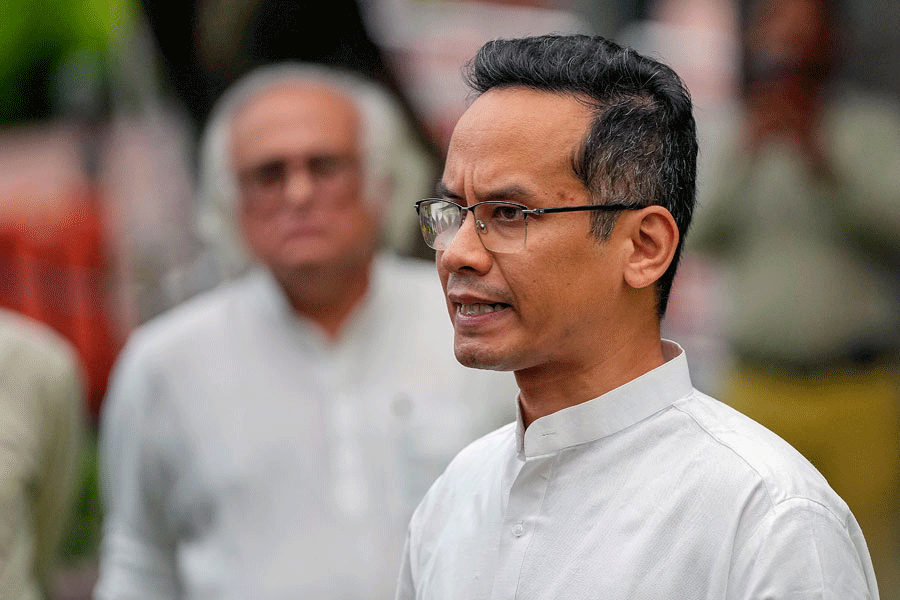 |
Molecular biologist Saman Habib is on a mission. The scientist with the Lucknow-based Central Drug Research Institute (CDRI) is working on a problem that continues to perplex many of her peers elsewhere: why do some people get infected by malaria and become gravely ill, while others do not show any signs of infection, despite sharing geographical proximity?
Habib, like most of her peers, knows that the underpinnings of this paradox lie in our genes. Since 2002, she has been scouring the genetic data of different Indian communities to identify genetic mutations that made some people vulnerable to malaria, a deadly disease which according to a new study kills nearly two lakh people a year in India.
Recently, Habib hit the jackpot when she and her colleagues stumbled upon a gene variant whose absence wears down a person’s immunity to malaria drastically. Significantly, this gene — known as APOBEC3B — has never been shown to be associated with malaria by studies on other populations. “Our findings show that this gene is deleted in as much as 46 per cent of the population in certain regions of the country where malaria is rampant,” say Habib. The study was conducted in Uttar Pradesh and Orissa.
Though scientists have so far identified nearly 30 genes that are directly or indirectly associated with malaria, most of them from populations in African countries. Habib’s team has studied the impact of two-thirds of these errant genes in some Indian populations. “We don’t see a clear disease association with some of the reported polymorphisms in the groups we have studied. On the other hand some associations seem to be stronger than those previously reported. The APOEBEC3B deletion seems to be the strongest so far,” Habib told KnowHow .
Understanding how these genetic spelling mistakes help the malaria bug get the better of the human immune system may be key for developing a potent weapon against the tricky parasite, which has puzzled scientists for decades.
These erratic genetic variations not only make them vulnerable to malaria but also decide the severity of the disease. Spread by blood-sucking mosquitoes, malaria is not a small problem. The most virulent member of the Plasmodium family — P. falciparum — alone causes half a billion episodes globally every year.
It is not known whether the APOEBEC3B gene has a similar effect on non-Indian populations when it comes to malaria, but past studies have shown that the expression of this gene is critically important for curtailing infection of certain viruses, including HIV and Hepatitis B.
Since the sequencing of the human genome by the turn of the century, there has been a revolutionary change in the way diseases have been studied and treated. The insights gained by this mapping and further advances in genetics gave medical scientists a tool to pinpoint the exact genetic changes that occur when a disease strikes.
“Diseases that affect human populations can be broadly classified into three categories: the ones caused solely by predisposing genetic conditions, those where both genes and the living environment play roles, and those that occur owing to events that occur during one’s lifetime such as a road accidents,” says Ishwar Chandra Verma, who heads the Centre for Medical Genetics at Sir Ganga Ram Hospital in New Delhi.
While a cure is still a distant possibility for many inherited genetic disorders, which fall in the first category, the benefits are already clinically accruing for the second, says Verma. A large number of major illnesses such as diabetes, hypertension, cardiac ailments, cancers, degenerative disorders or even infectious diseases like malaria and tuberculosis fall in this category.
According to scientific studies, the modern human population first evolved in Africa 200,000 years ago. It differentiated nearly 110,000 and 41,000 years ago through the process of evolution. The contemporary human races have genetic differences among ethnicities, even though these ethnic differences account for only four per cent of the entire human genome.
This realisation helped scientists to ascertain a gene, or a group of genes, associated with various inherited traits or diseases. In 2003, different research institutes in India pooled in their resources to undertake a similar effort called the Indian Genome Variation Consortium. The five-year project, spearheaded by Samir Brahmachari, director general of the Council of Scientific and Industrial Research, ended in 2008 and made many startling revelations.
The project analysed a representative set of 75 genes from nearly 1,900 people drawn from 55 diverse backgrounds and threw light on how genes influence diseases, the vulnerability to infections and the response to medicines. Among these significant findings were how a genetic mutation called CCR5 — which offered natural protection against the HIV infection was absent in some Indian groups and how a popular drug used for treating asthma is not equally effective across all subpopulations.
Habib, who has been part of this initiative, used the database thus collected for her study and found that the frequency of the APOEBEC3B gene varies from one Indian subpopulation to another.










